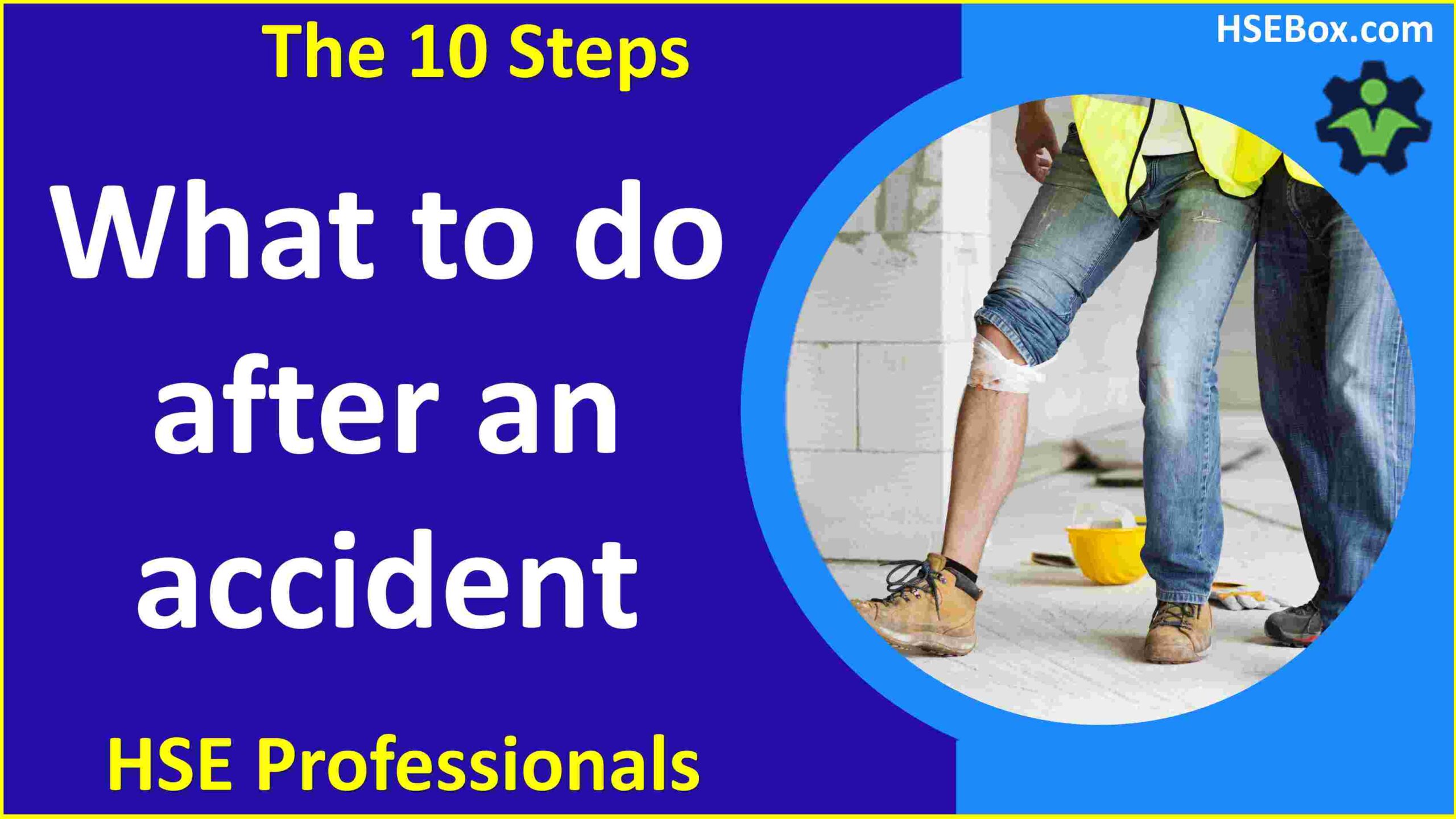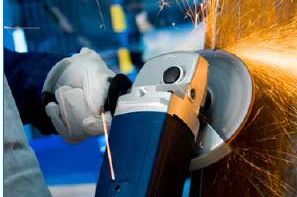Accidents can occur in any workplace, causing injuries to employees and potentially disrupting operations. It is essential for organizations to conduct thorough accident investigations to identify the root causes, implement corrective measures, and prevent future incidents. In this article, we will outline a step-by-step process for carrying out effective workplace accident investigations.
Establish an Investigation Team:
The first step is to assemble a dedicated investigation team consisting of individuals with relevant expertise and knowledge. This team should include representatives from different departments or areas affected by the accident, such as safety personnel, supervisors, and employees familiar with the work processes involved.
Secure the Accident Scene:
Upon arrival at the accident site, ensure the safety and security of the area. Take immediate action to prevent further harm or damage. If necessary, isolate the area and control access until the investigation is completed.
Collect Information and Evidence:
Gather as much information as possible about the accident. Interview witnesses, affected employees, and anyone who may have relevant knowledge. Document their statements and observations. Additionally, collect physical evidence, such as photographs, videos, and any equipment or materials involved in the incident.
Identify Root Causes:
Identifying the underlying causes of the accident is crucial for preventing similar incidents in the future. Use a systematic approach, such as the “5 Whys” technique, to delve deeper into the chain of events leading to the accident. Identify both the immediate causes (e.g., a slip or a fall) and the underlying factors (e.g., inadequate training, faulty equipment, or insufficient safety protocols).
Analyze Findings:
Analyze the collected information and evidence to determine the contributing factors and their interconnections. Look for patterns or commonalities across incidents. Consider human factors, organizational factors, and any systemic issues that may have played a role.
Develop Corrective Measures:
Based on the analysis, develop appropriate corrective measures to address the identified root causes. These measures should aim to eliminate or mitigate the risks associated with the accident. Involve relevant stakeholders, such as supervisors, safety personnel, and employees, in the decision-making process to ensure effective implementation and buy-in.
Implement Corrective Measures:
Put the identified corrective measures into action. This may involve updating standard operating procedures, providing additional training, improving safety equipment or infrastructure, or making organizational changes. Monitor the implementation progress and address any obstacles that arise.
Document the Investigation:
Maintain thorough documentation of the entire investigation process. This documentation should include detailed records of interviews, evidence collected, analysis conducted, and corrective measures implemented. Keep this information organized and accessible for future reference.
Communicate Findings and Lessons Learned:
Share the investigation findings and lessons learned with all relevant stakeholders. This includes affected employees, management, and the wider workforce. Clear and transparent communication is vital for fostering a culture of safety and promoting trust within the organization.
Review and Continuous Improvement:
Regularly review the effectiveness of the implemented corrective measures. Monitor accident trends and analyze near-misses to identify areas for further improvement. Use this information to continuously enhance safety protocols, training programs, and risk management systems.
Conclusion:
Conducting thorough accident investigations is crucial for maintaining a safe and healthy workplace. By following a structured approach, organizations can identify the root causes of accidents, implement appropriate corrective measures, and prevent future incidents. Remember to involve all relevant stakeholders, document the investigation process, and continuously strive for improvement. By prioritizing workplace safety, organizations can protect their employees and create a culture of well-being and productivity.
Download Now for FREE!!
Available only for all registered Users, does not require any payment to download.
| Title | |||
|---|---|---|---|
|
Mechanical power transmission apparatus 1 513 downloads |
Checklist, Free Files | October 21, 2022 | Please login to download |
|
Machine guarding 1 513 downloads |
Checklist, Free Files | October 21, 2022 | Please login to download |
|
HEALTH AND SAFETY MANUAL 1 13417 downloads |
Free Files, Learning/Training | October 14, 2022 | Please login to download |







